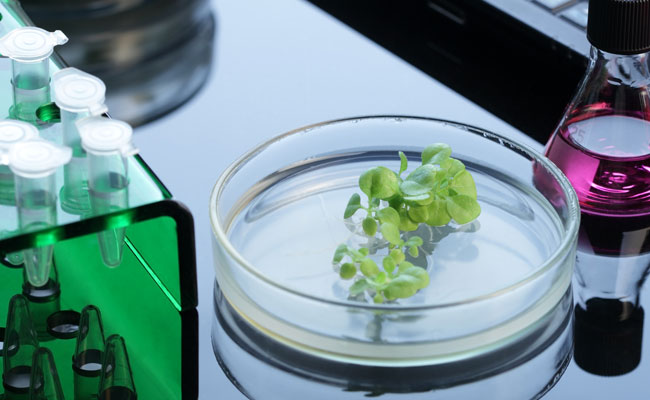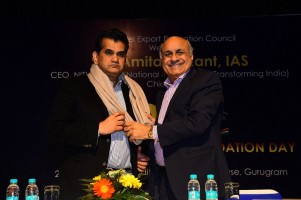
Collaboration in technology, energy and research can boost India-US trade
Interview by Himanshu Vatsa | The Dollar Business
The Dollar Business (TDB): Apart from nuclear energy and defence sector, what are the areas that have potential to strengthen the business collaboration between India and the United States? Dr. Didar Singh (DDS): In chemical, pharmaceutical, bio-technology and bio-informatics sectors. In R&D, manufacturing and trade in advanced technologies in the fields of conventional munitions, aerospace, electronics, and material sciences. Other emerging sectors with significant market opportunities include lasers, robotics, nano-technology, specialty materials, and advanced design, engineering & construction capabilities. The infrastructure sector which includes ports, airports, roads, highways, power plants, implementation of Smart City projects etc. present an enormous potential for American companies doing business in India.
 Dr. Didar Singh, Secretary General, FICCI
Dr. Didar Singh, Secretary General, FICCITDB: How much do you see the prospect of bilateral trade between India and the US to grow from $100 billion to $500 billion in the next few years? DDS: For the bilateral trade to change significantly, the present trade baskets need to change significantly. High value technology embedded trade would be the key to reach the trade volumes mentioned. The services trade would need to increase significantly to help reach these figures. TDB: How the trade ties between India and the US in the field of energy and technologies will help the growth of Indian economy? DDS: The rise of this unconventional source of natural gas has created a situation whereby the United States (US) is set to become a net exporter of the energy by 2016, thereby opening up a hitherto unexpected source of supply for gas hungry countries such as India. India, which is increasingly dependent on liquefied natural gas (LNG) imports to bridge the domestic demand-supply gap needs to diversify imports away from volatile regions and oil indexed contracts. However at the moment, the US allows permit-less exports of domestic natural gas to only those countries with which it has a free trade agreement (FTA) and this is proving to be a significant hurdle for Indian majors looking to source from the US market. The other areas for collaboration include renewable energy. There is also a need to relook at coal gasification technologies, experience sharing in shale gas exploration, and development of allied services related to exploration. The partnership for energy security would need to include securing unfettered Indian access to the US fossil fuel reserves including a waiver. The US-India energy dialogue needs revitalization and focus areas are renewable energy, smart grids, energy efficiency etc. But there is a need for strategic focus to partner in these activities. TDB: To what extent the economic cooperation with the US can help India to push its healthcare sector and infrastructure? DDS: The life sciences sector which covers pharmaceuticals, biotechnology, medical devices, drug discovery and healthcare are significant areas in which US-India synergies can be exploited for mutual benefit. With Obamacare being an area of huge debate, India can provide huge cost saving capability in research and development as well as in IT. This could be through IT interface with the US healthcare system and commercialization in India of the initial research that is going on in US labs and universities. The Indian pharmaceutical industry which supplies 40% of the generic drugs and APIs (Active Pharmaceutical Ingredients) to the US market can collaborate with American companies on “Safe and Affordable” healthcare. Joint activities and ventures can be fostered on capacity building of Indian companies on compliance and to look at possibility to collaborate on new drug development at significantly lower economic costs. India is also looking towards building a strong base for manufacture of medical devices for our healthcare sector. All these areas have significant opportunities for cooperation, collaboration, capacity building and investment.
June 08, 2015 | 4:48 pm IST.






 to success.
to success.